Doctors reveal health problems among Israeli hostages taken by Hamas
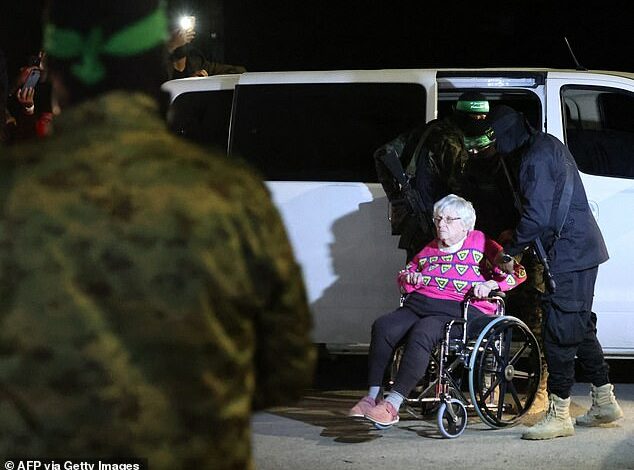
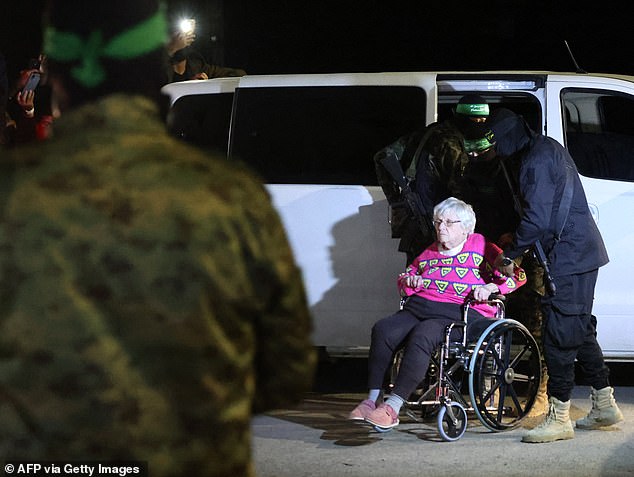
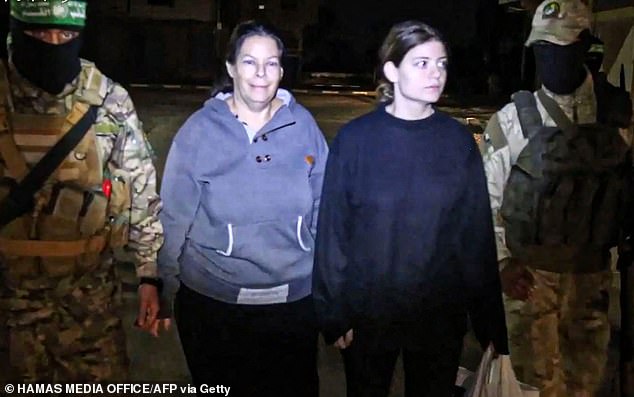
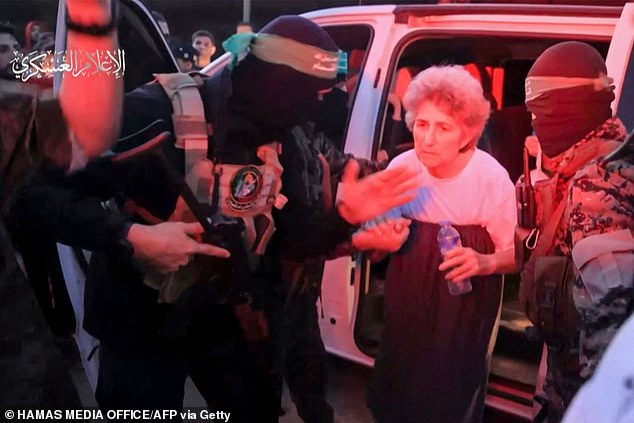
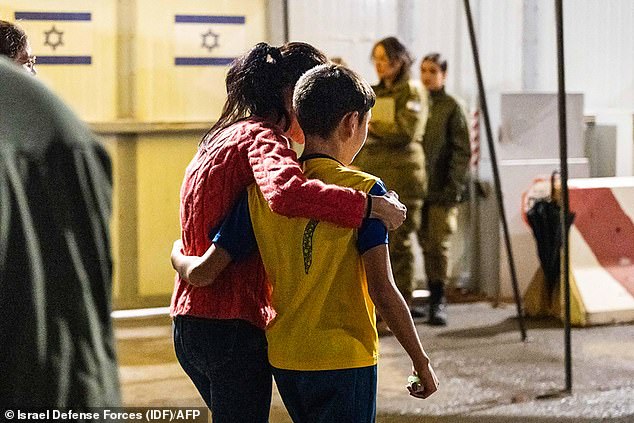
Doctors who treated freed Israeli hostages captured by the Hamas group in October have revealed the state of their health upon their return.
A new investigation has revealed that 26 hostages were taken to an Israeli hospital, many of whom were found to be malnourished, having survived on a diet of mostly white bread.
Blood tests also revealed that they had been exposed to various diseases during their 50 days of captivity, including typhus and spotted fever.
Many of them also suffered from head lice due to poor sanitary conditions, including a lack of running water. Others had shrapnel wounds that had been left untreated for so long that the pieces could not be surgically removed.
Doctors also found severe psychological trauma, especially among young children who were torn from their homes or forced to watch their loved ones being murdered.
Doctors at Schneider-Children’s Medical Center in Israel called it a “horrific situation” and acknowledged that the true traumatic effects of the war and captivity will be felt for years to come.

A recently released hostage is pictured here being handed over to the Red Cross in Rafah. She was one of about 250 taken
![Hostages Shiri Weiss and her daughter Noga [left to right]recently released, approaching a Red Cross vehicle in November 2023](http://usmail24.com/wp-content/uploads/2024/08/88237409-13715035-image-m-24_1722981325307.jpg)
Hostages Shiri Weiss and her daughter Noga [left to right]recently released, approaching a Red Cross vehicle in November 2023
The pediatricians, gastroenterologists, psychiatrists and emergency physicians began treating the 26 women and children after they were released during the temporary ceasefire declared in November and December last year.
On arrival at the hospital their vital signs were normal, but further examination revealed a number of problems arising from the conditions under which they were forced to live.
The doctors said: ‘The high number of cases of diarrhoea in our group can be explained by the poor sanitation, crowding and lack of running water in captivity.
‘The observation that some asymptomatic patients had positive stool PCR tests for several pathogens also supports the poor hygienic status. Furthermore, the extremely severe head lice infestation in our cohort also highlights the poor hygienic conditions in which the hostages were held.’
Six of the 26 people taken to hospital had head lice and required multiple treatments and haircuts to remove the lice.
Eight people – three women and five children – suffered shrapnel wounds to their limbs, chests and pelvis.
Experts who treated their injuries decided that surgery to remove the shrapnel was not advisable because it had been so long since they had sustained the injuries.
After 50 days of captivity, the body began to heal around the debris. Removing it could disrupt healthy tissue and the healing process.

A hostage is handed over to the International Committee of the Red Cross in Gaza last November
In addition, 15 of the 26 hostages showed significant weight loss and reported having had very limited food during their captivity: “Their diet consisted of rice and white bread, with low-quality ingredients, and they ate little to no vegetables, proteins and fats.”
During those 50 days, the seven adult women in the group, who ranged in age from 34 to 78, lost between 7.5 and 14 percent of their body weight.
Nineteen children aged two to eighteen were included. Eight of them lost between five and eleven percent of their body weight.
The doctors, whose report was published in the journal Acta Pediatricsadded that children held in captivity with their families showed minimal weight loss.
Six patients, including five children, were covered in insect bites upon arrival at the hospital and one child had a skin infection.
In other children, asthma symptoms worsened during captivity because they had only sporadic access to an inhaler.
Three people also had widespread muscle pain. Later tests showed elevated levels of an enzyme, which indicated muscle damage. However, doctors would not provide further details.

Twelve-year-old Eitan Yahalomi is pictured here shortly after being reunited with his mother in November 2023
Another patient had a gunshot wound to the abdomen, but there was no permanent damage to his abdominal organs. The resulting infection was treated in captivity with local medicine.
In most cases, the extent of the hostages’ psychological trauma was not apparent, although certain behaviors related to their traumatic experience were also seen in young children.
The children under the age of seven displayed a submissive behavior pattern, typically manifested by a hunched posture, avoiding eye contact, and speaking in a soft voice.
Three toddlers appeared to be saving their food for later.
One patient, a toddler who had been separated from her family and kept in isolation for 10 days, “showed unprovoked crying during her stay in our unit.”
The doctors added: ‘A woman previously diagnosed with mild anxiety disorder experienced exacerbations during her captivity and reported receiving irregular treatment with short-acting benzodiazepines during her captivity.
‘Another adult female reported having feelings reminiscent of Stockholm syndrome.’
US officials estimate less than half Of the remaining 115 hostages in Gaza, the fighting there has so far survived. Both Israel and Hamas are obstacles to reaching an agreement to release them.
The doctors seemed to realize that they would likely face a new influx of hostages needing medical care if and when the remaining hostages were released.
They said: ‘The insights gained in this report may be useful in other scenarios involving the return of persons from captivity, such as abductions and related circumstances.’




